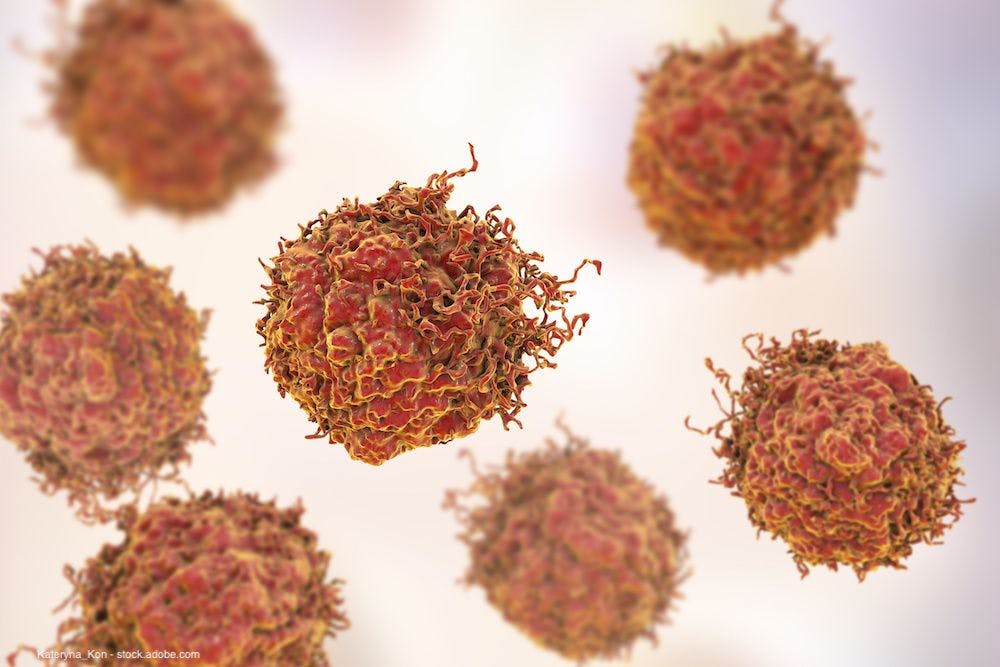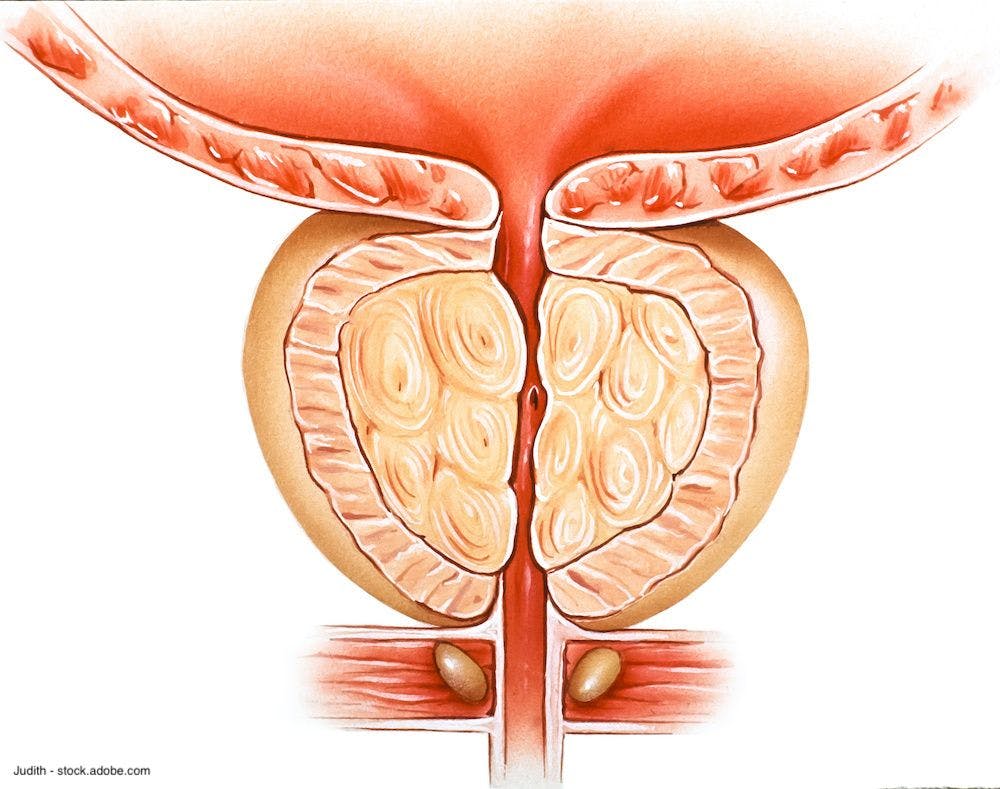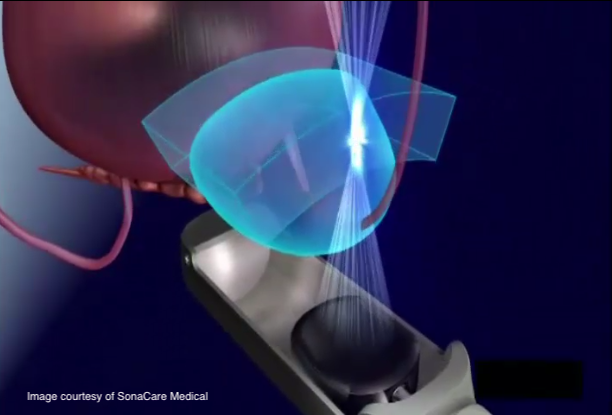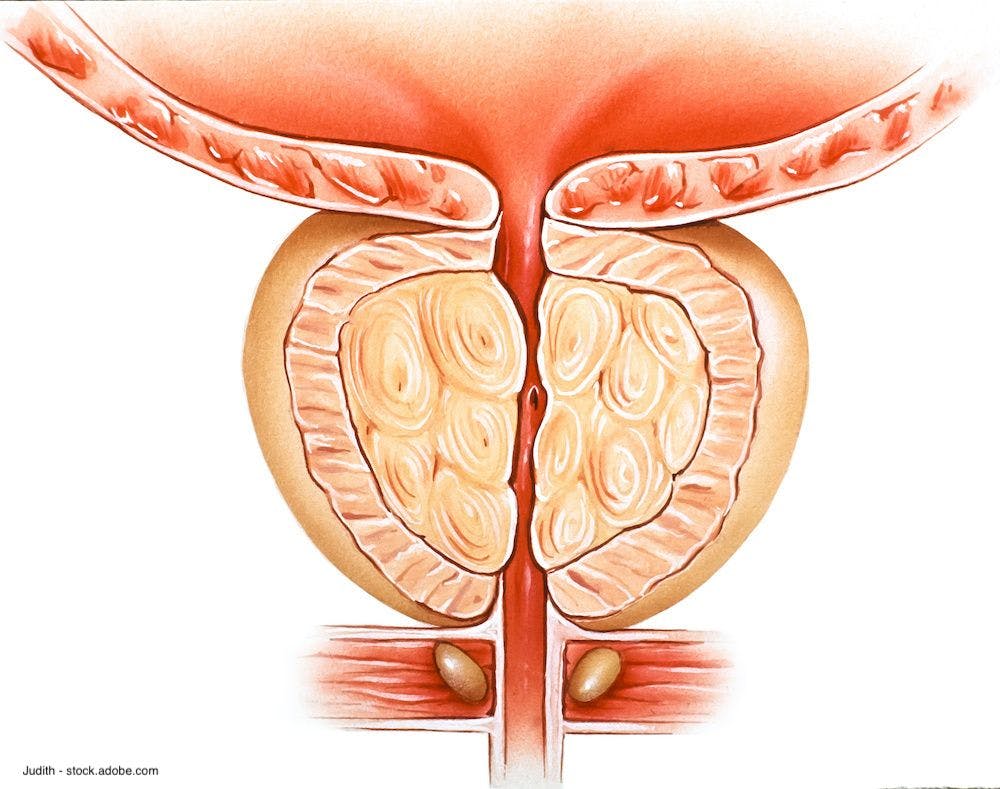Publication
Article
Urology Times Journal
BPH catheter system shows encouraging outcomes in pilot trial
Author(s):
Significant improvements in BPH-related lower urinary tract symptoms were observed with the system.
Results from an initial pilot trial show that an investigational, minimally invasive system for transurethral anterior commissurotomy of the prostate (TUAP) with localized transfer of paclitaxel (Optilume BPH Catheter System) is safe. Further, it provides significant objective and subjective improvements in benign prostatic hyperplasia (BPH)-related lower urinary tract symptoms that remain durable for at least 1 year, reported Steven A. Kaplan, MD, at the 2020 American Urological Association Virtual Experience.1
Steven A. Kaplan, MD

“The Optilume system is the first ever, minimally invasive treatment that can provide TURP [transurethral resection of the prostate]-like results without cutting, burning, steaming, lasering, or leaving a permanent implant behind, and it is designed to minimize or eliminate the common [adverse] effects associated with other surgical BPH procedures,” said Kaplan, professor of urology at the Icahn School of Medicine at Mount Sinai in New York, New York.
“Follow-up of men enrolled in the pilot study is still ongoing. Based on its results, a prospective, randomized, double-blind, sham-controlled pivotal trial known as PINNACLE is now underway at 20 sites in the United States. We look forward to presenting data from longer follow-up in the pilot trial and from the larger controlled clinical trial.”
Kaplan noted that a balloon catheter dilation system was investigated as a potential treatment for BPH approximately 25 years earlier. However, although its use was associated with initial symptomatic improvement, the benefit was not sustained.
“With the Optilume system, a predilation balloon catheter is passed to perform TUAP that opens and increases the size of anterior portion of the prostatic urethra to alleviate obstruction. Then, a drug-coated balloon catheter is introduced for circumferential delivery of paclitaxel, an antiproliferative drug that is believed to maintain the opening of the newly divided tissue,” Kaplan said.
The data he presented were from the EVEREST-1 trial (NCT03423979) that enrolled 80 men with BPH across 6 investigational sites in Latin America. The study investigated 3 sizes of the balloon, described as small, medium, and large.
“Multiple sizes allow for customized treatment based on ultrasound measurement of prostate length, height, and total volume,” Kaplan said.
82.3% of patients met efficacy end point
At the cut-off date for data analysis, 73 men had completed 1 year of follow-up. The primary end points for the study were improvement of 40% or greater on the International Prostate Symptom Score (IPSS) from baseline to 3 months and major device- or procedure-related adverse events at 3 months. Among the 79 patients evaluated at 3 months, 82.3% met the efficacy end point; 1 subject who developed stress urinary incontinence, which resolved at the 30-day follow-up, met the primary safety end point, Kaplan reported.
Mean IPSS score was 22.3 at baseline and had improved to 8.3, 8.0, and 7.9 at 3, 6, and 12 months, respectively. Mean peak flow rate was 10.9 mL/sec at baseline and 19.6 mL/sec at 1 year. Improvements in both IPSS and Qmax were statistically significant.
Kaplan contrasted the efficacy results achieved in the pilot trial with those reported for other minimally invasive procedural treatments for BPH from studies investigating those modalities at a similar stage in their pathway toward regulatory approval.
“Compared with UroLift or Rezum, the benefits of the Optilume system for improving symptoms and peak flow rate occur earlier and are more pronounced, and its benefits also occur earlier than TURP,” he said.
Analyses performed with men stratified by balloon size showed that the level of symptom improvement and its durability were similar regardless of balloon size. However, maximum symptom relief was achieved by day 30 using the small balloon whereas it took 6 months to achieve maximum symptom relief with the large balloon.
Analyses of improvements in peak flow rate showed that the large balloon was associated with significant improvement within the first 30 days, but there was a slight deterioration in benefit at 1 year. Peak flow rate improvements were relatively smaller using the small and medium balloons, but peak flow still increased to about 17 mL/sec and remained stable throughout the 1-year follow-up.
“Based on these observations, only the small and medium balloons are being used in the PINNACLE trial,” Kaplan said.
Safety was favorable, and there were no changes in sexual function.
Kaplan is the principal investigator for EVEREST-1.
Disclosure: Urotronic provided funding for the study.
Reference
1. Kaplan S, Pichardo M, Rijo E et al. EVEREST-1: One-year Optilume BPH catheter system efficacy and safety experience. Presented at: AUA 2020 Virtual Experience. Abstract PD61-03.


























